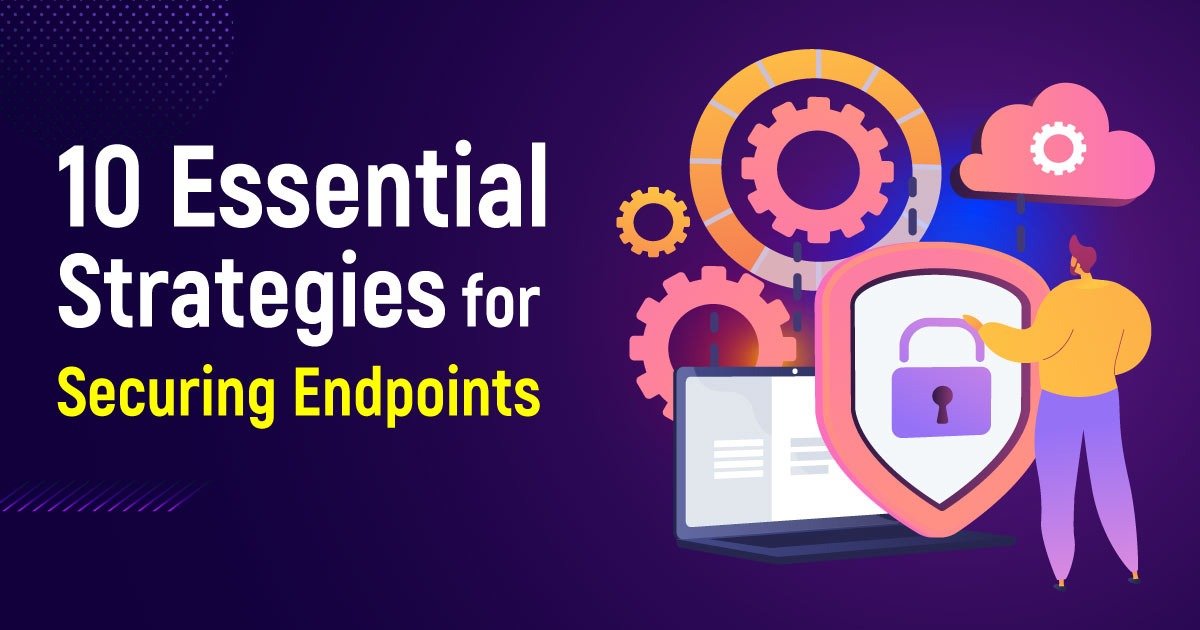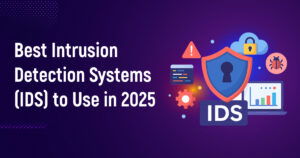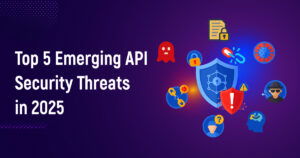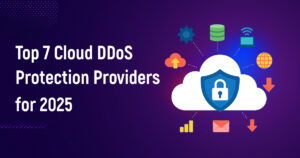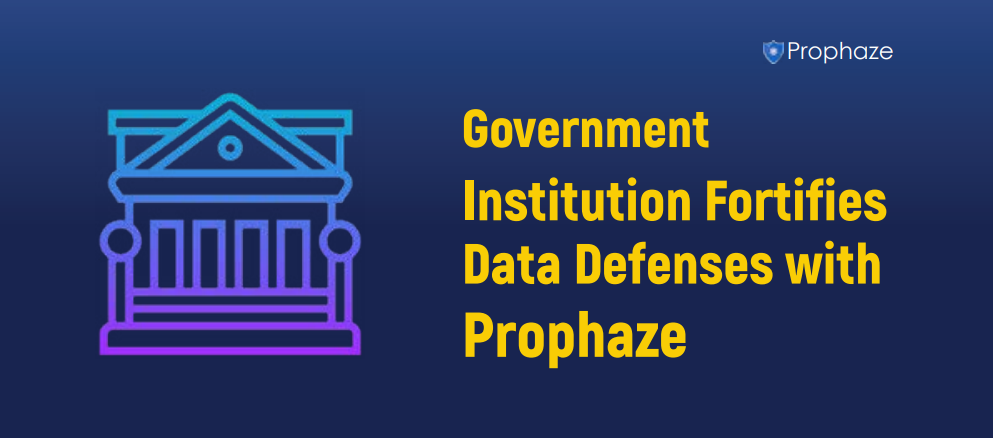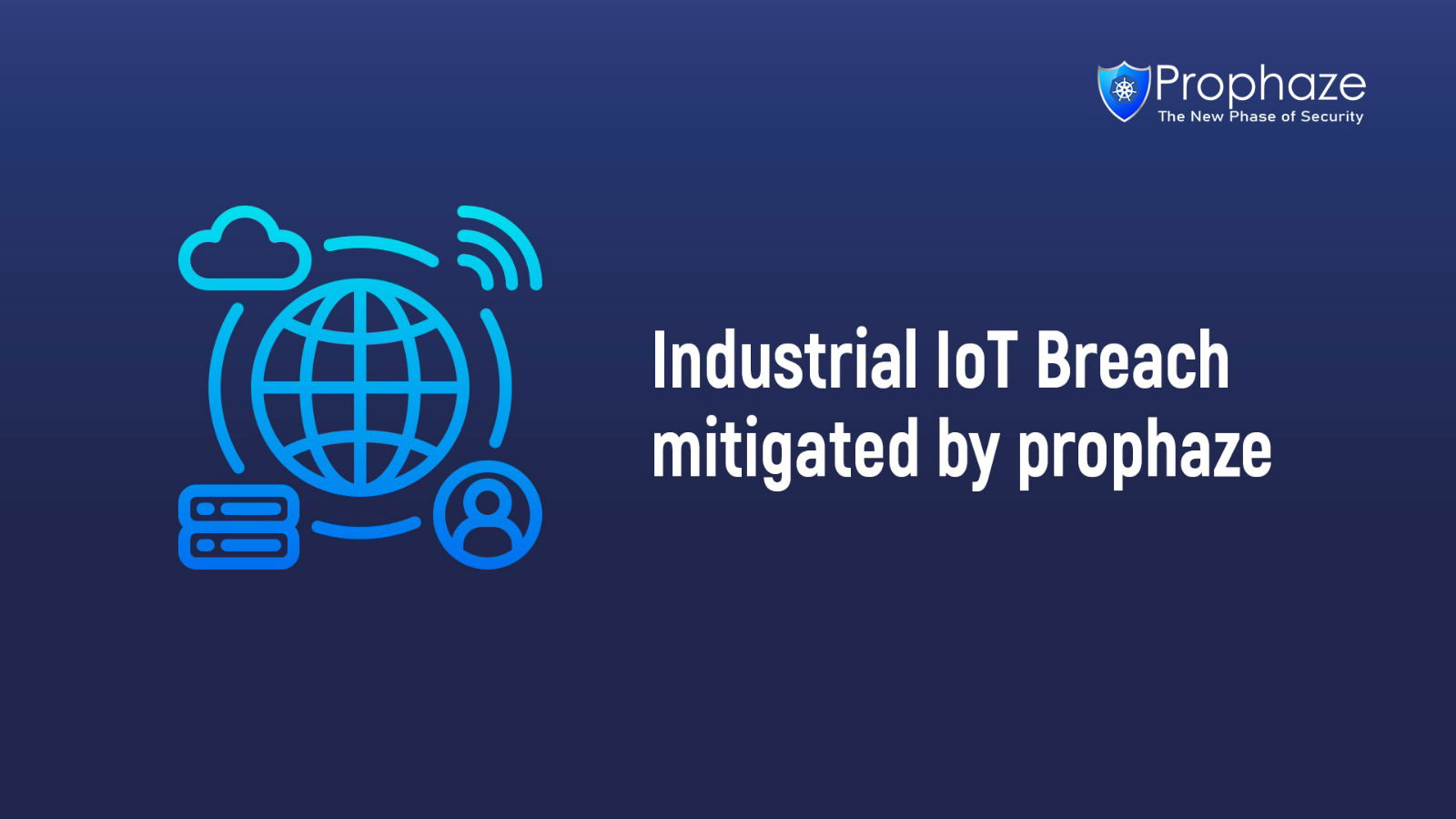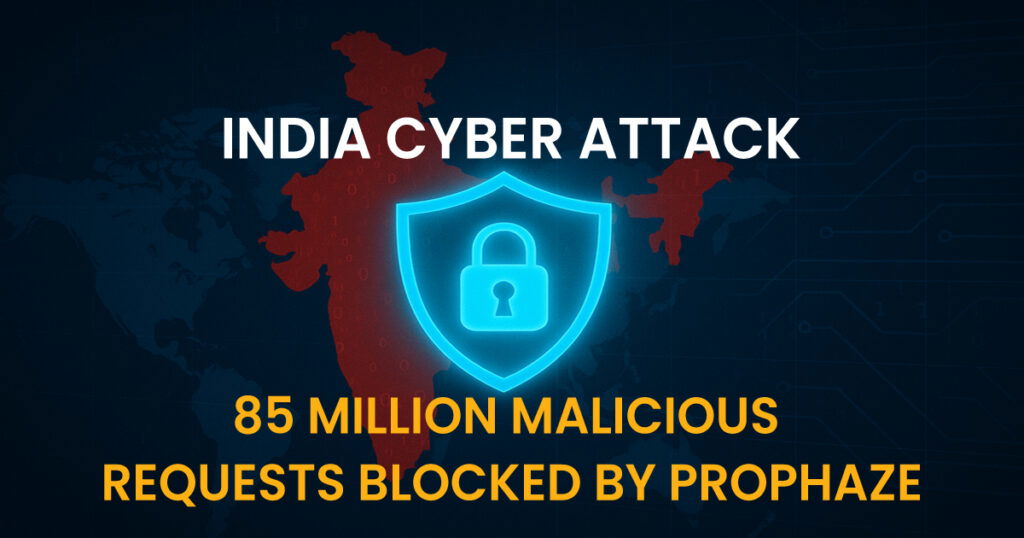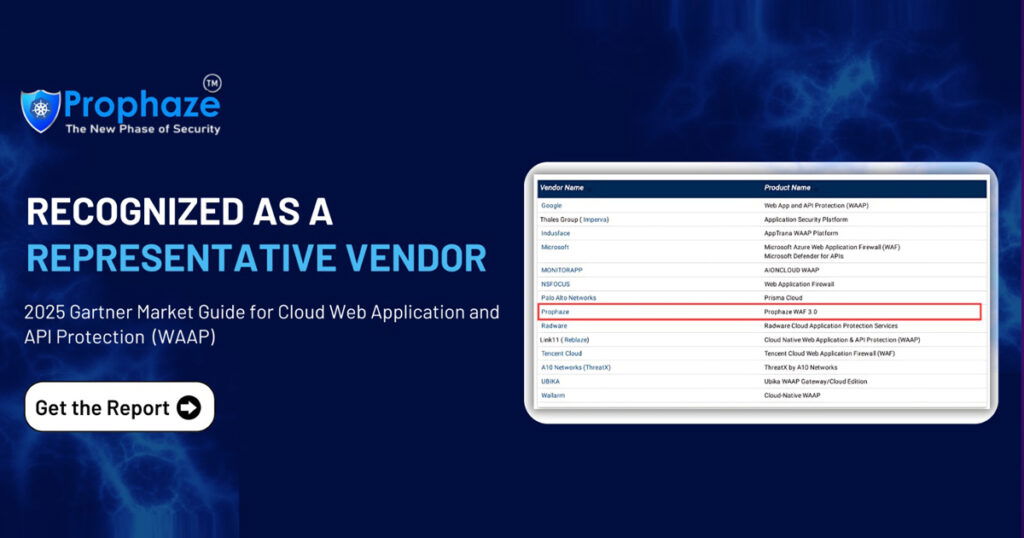In our interconnected digital era, endpoints represent the gateways to an organization’s digital assets. Unfortunately, they also stand as prime targets for cyber threats.
According to IDC, a staggering 70% of successful breaches originate from endpoints. Unprotected endpoints offer hackers easy access to launch devastating cyberattacks. With IT teams tasked with safeguarding a growing number and variety of endpoints, defending this perimeter has become increasingly complex.
So, how can you enhance your endpoint security? This guide presents ten crucial strategies that every IT and security professional should be aware of. From identifying vulnerabilities to implementing advanced security solutions, we’ll delve into the key insights you need to fortify your endpoints effectively.
Endpoint Identification and Understanding
-
Begin by mapping out your network's endpoints, categorizing them based on their importance and sensitivity. This step lays the groundwork for a targeted defense strategy.
-
Use asset management tools to maintain an updated inventory of endpoints and prioritize security measures accordingly.
Proactive Patch Management
-
Regularly update operating systems and applications to address known vulnerabilities promptly.
-
Streamline updates with automated tools and schedule patches during off-peak hours to minimize disruptions.
Multi-Factor Authentication (MFA)
-
Implement MFA for all user accounts to add an extra layer of protection against unauthorized access.
-
Educate users about the importance of MFA and encourage its adoption across all devices.
Principle of Least Privilege
-
Limit user access to the minimum required for their roles to reduce the risk of unauthorized access.
-
Regularly review access permissions and utilize role-based access controls.
Defense-in-Depth Approach
-
Combine multiple layers of defense such as firewalls, antivirus software, endpoint detection and response (EDR), and intrusion detection for a robust security posture.
-
Identify and fill gaps between security controls to create a comprehensive defense strategy.
Real-Time Endpoint Monitoring
-
Invest in endpoint security solutions that provide real-time monitoring and telemetry to detect abnormal patterns and behaviors.
-
Set up alerts for suspicious activities and regularly analyze telemetry data for enhanced threat detection.
Endpoint Detection and Response (EDR)
-
Consider deploying an EDR solution for continuous monitoring, threat detection, and swift response to cyber threats.
-
Choose an EDR solution that aligns with your specific needs and integrates well with existing security tools.
Bring-Your-Own-Device (BYOD) Policy
-
Establish a clear BYOD policy outlining usage guidelines and security requirements for personal devices in the workplace.
-
Utilize mobile device management (MDM) tools to enforce BYOD policies and regularly audit devices for compliance.
Cybersecurity Training for Employees
-
Conduct regular cybersecurity training sessions to educate employees about best practices for endpoint security.
-
Test employees' knowledge through simulations and foster a culture of continuous learning and awareness.
Regular Risk Assessments and Audits
-
Schedule regular risk assessments and audits to evaluate the effectiveness of endpoint security measures.
-
Implement improvements based on assessment findings to maintain a strong security posture.
These strategies provide a solid foundation for securing endpoints and navigating today’s dynamic threat landscape with confidence. Incorporating these best practices into your security strategy can significantly enhance your organization’s resilience against cyber threats.

